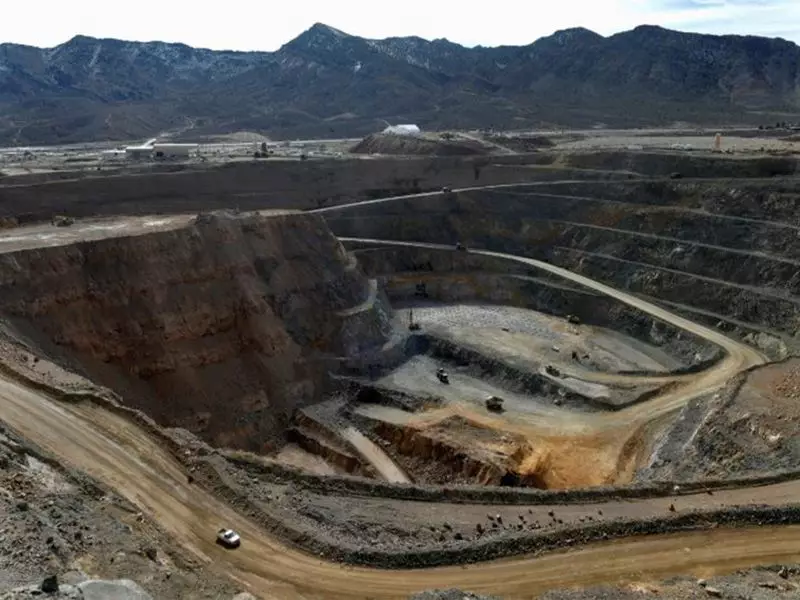
In an era where technological supremacy defines global power, rare earth elements have emerged as the unsung heroes shaping international relations and economic strategies. These seventeen metallic elements, once obscure components of chemistry textbooks, now sit at the heart of a silent revolution transforming how nations approach security and prosperity.
The Invisible Backbone of Modern Technology
From the smartphone in your pocket to the electric vehicle revolutionizing transportation, rare earth elements are the invisible force powering our digital age. These minerals enable everything from advanced military equipment to renewable energy technologies, making them indispensable in the 21st-century economy.
What makes these elements truly 'rare' isn't their geological scarcity but the complex, environmentally challenging process required to extract and process them into usable forms. This complexity has created one of the most concentrated supply chains in modern history.
China's Strategic Dominance
The global landscape of rare earth production tells a startling story of concentration. China controls approximately 60% of global rare earth mining and a staggering 85-90% of processing capacity. This dominance isn't accidental but the result of decades of strategic planning and investment.
This concentration gives Beijing significant leverage in international trade relations, allowing the country to influence everything from consumer electronics pricing to defense manufacturing capabilities worldwide. Recent trade tensions have demonstrated how this leverage can be exercised, sending shockwaves through global manufacturing sectors.
The Global Response: Diversification Efforts
Recognizing the strategic vulnerability created by this concentration, nations worldwide are launching ambitious initiatives to secure alternative supply chains. The United States, European Union, Japan, and Australia are investing billions in developing domestic capabilities and fostering partnerships with resource-rich nations.
These efforts include:
- Reviving dormant mining operations in North America and Australia
- Investing in advanced recycling technologies to recover rare earths from electronic waste
- Developing international partnerships with countries like Vietnam and Brazil
- Funding research into alternative materials and more efficient extraction methods
Economic and Environmental Considerations
The race to secure rare earth supplies isn't without its challenges. Environmental concerns surrounding mining operations, coupled with the significant capital investment required, create substantial barriers to entry. Additionally, developing processing capabilities requires sophisticated technical expertise that remains concentrated in few locations globally.
Countries are now weighing the economic costs of developing domestic capabilities against the strategic risks of supply chain dependency. This calculus is driving unprecedented cooperation between governments and private industry, with national security considerations increasingly influencing investment decisions.
The Future Landscape
As the global transition to renewable energy and digital infrastructure accelerates, demand for rare earth elements is projected to increase exponentially. This growing demand, combined with ongoing geopolitical tensions, suggests that the strategic importance of these minerals will only intensify in the coming decades.
The nations that successfully navigate this complex landscape will be those that balance economic efficiency with strategic resilience, creating diversified, sustainable supply chains that can withstand geopolitical shocks while supporting technological innovation.
What remains clear is that in the 21st century, economic power and national security are increasingly measured not just in military might or GDP, but in access to the invisible elements that power our modern world.





